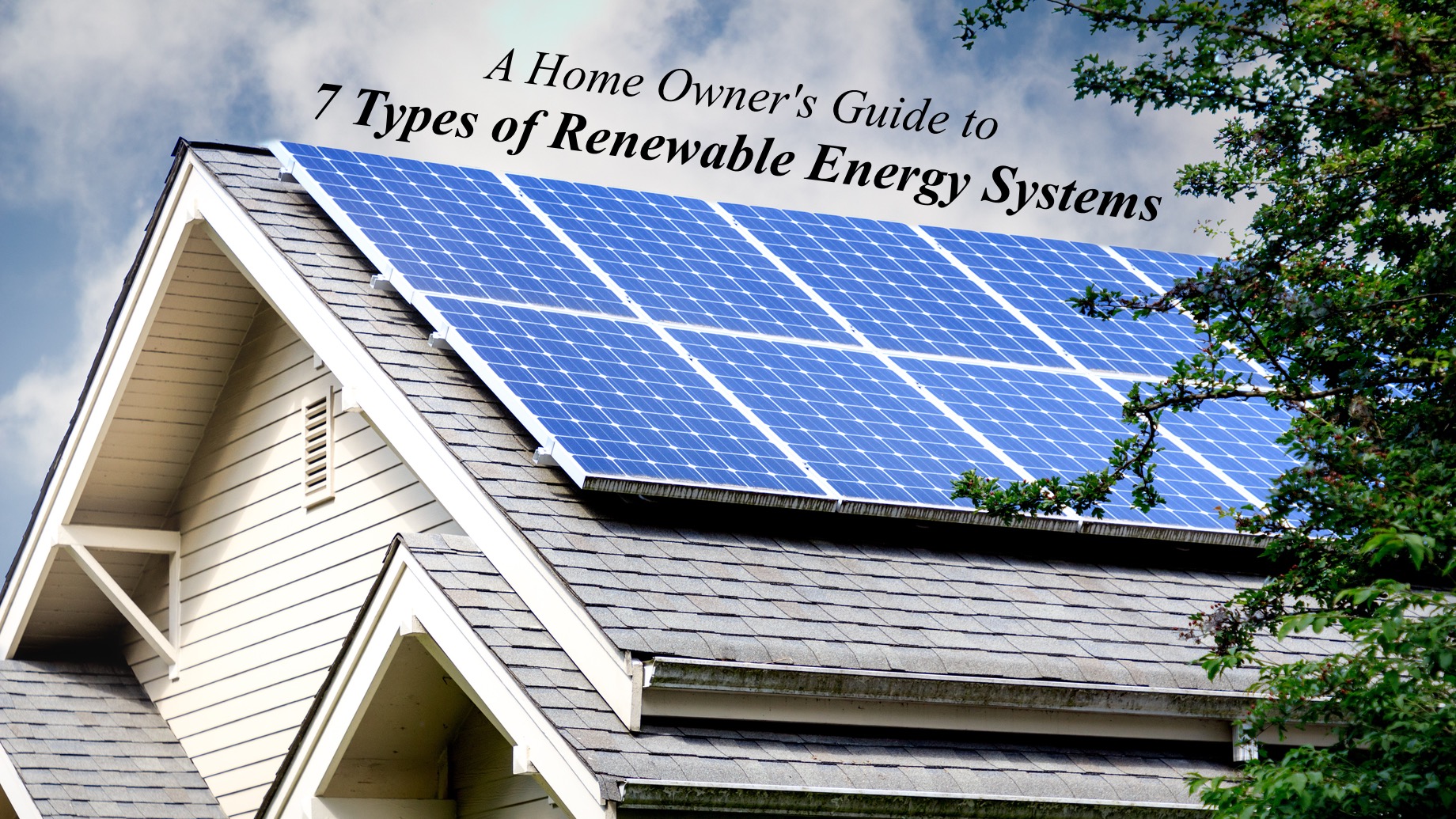How Does Architecture Integrate Renewable Energy Systems In Residential Buildings?

Renewable energy sources have emerged as a viable alternative to traditional energy sources, such as fossil fuels, coal, and natural gas. In architecture, renewable energy sources have gained popularity due to their sustainability, eco-friendliness, and cost-effectiveness. Here are some of the most commonly used renewable energy sources in architecture:
Solar Energy
Solar energy is one of the most widely used renewable energy sources in architecture. It involves capturing the energy emitted by the sun and converting it into electricity or heat. In architecture, solar panels are installed on the roof or on the facade of the building to capture the energy from the sun. This energy can be used to power the building or to heat water.
Wind Energy
Wind energy involves capturing the kinetic energy from wind and converting it into electricity. In architecture, wind turbines can be installed on the roof or on the surrounding landscape to capture wind energy. This energy can be used to power the building or to supplement the building's electrical grid.
Geothermal Energy
Geothermal energy involves harnessing the heat energy from the earth's core. In architecture, geothermal energy can be used to heat water or to heat and cool the building. A geothermal heat pump can be installed inside the building to transfer the heat energy from the earth to the building or vice versa.
Biomass Energy
Biomass energy involves using organic materials, such as wood and agricultural waste, to generate energy. In architecture, biomass boilers can be used to generate heat for the building or to generate electricity if combined with a steam turbine. Biomass energy is often used in rural areas where wood and agricultural waste are readily available.
Hydro Energy
Hydro energy involves harnessing the power of flowing water to produce electricity. In architecture, hydro turbines can be installed in waterways near the building to capture the energy from the flowing water. This energy can be used to power the building or to supplement the building's electrical grid.
Benefits of Using Renewable Energy Sources in Architecture
The use of renewable energy sources in architecture offers several benefits:
Reduced Carbon Emissions
The use of renewable energy sources reduces the dependency on fossil fuels, which emit carbon dioxide and other harmful gases. This helps to reduce the carbon footprint of the building and the environment.
Cost-effectiveness
Renewable energy sources are cost-effective in the long run. Although the initial installation costs may be high, the savings on electricity bills and the low maintenance costs make it a worthwhile investment.
Sustainability
Renewable energy sources are sustainable as they can be replenished naturally. They do not rely on finite resources that are depleted with time such as fossil fuels. This makes renewable energy sources a more sustainable option for the environment.
Frequently Asked Questions
Q. Is it possible to use renewable energy sources for all buildings?
A. Yes, it is possible, but it may not be practical or feasible for all buildings. Factors such as the location, building design, and budget may affect the suitability of renewable energy sources for a particular building.
Q. Are renewable energy sources expensive to install?
A. Yes, renewable energy sources can be expensive to install, but the benefits of reduced electricity bills and low maintenance costs make it a cost-effective investment in the long run.
Q. Is it necessary to combine different renewable energy sources?
A. No, it is not necessary, but combining different renewable energy sources can create a more efficient and reliable energy system for the building.
Q. How can I determine if renewable energy sources are suitable for my building?
A. Consult with a renewable energy expert or architect to determine the suitability of renewable energy sources for your building based on location, building design, and budget.
Q. What are the maintenance requirements for renewable energy systems?
A. Maintenance requirements vary depending on the type of renewable energy system. Consult with an expert or refer to the manufacturer's instructions for maintenance requirements.
Q. Can renewable energy sources be used for heating and cooling?
A. Yes, renewable energy sources can be used for heating and cooling. Geothermal energy and biomass energy are commonly used for heating, while solar energy can be used for cooling.
Q. Can renewable energy sources be used in urban areas?
A. Yes, renewable energy sources can be used in urban areas. The location and design of the building may affect the suitability of renewable energy sources for a particular building.
Q. How can I finance the installation of renewable energy systems?
A. There are several options for financing renewable energy systems, such as government grants, loans, and incentives, private financing, and third-party financing. Consult with a renewable energy expert or a financial advisor for more information.
Q. How long do renewable energy systems last?
A. The lifespan of renewable energy systems varies depending on the type of system, manufacturer, and maintenance. Solar panels can last up to 30 years, while wind turbines can last up to 20 years. Consult with the manufacturer or an expert for more specific information.
Using renewable energy sources in architecture is a sustainable and cost-effective solution for reducing the carbon footprint of buildings while promoting a better environment. With the increasing popularity of renewable energy sources and improved technology, the use of renewable energy sources is expected to grow and become more widely available in architecture.



Post a Comment for "How Does Architecture Integrate Renewable Energy Systems In Residential Buildings?"